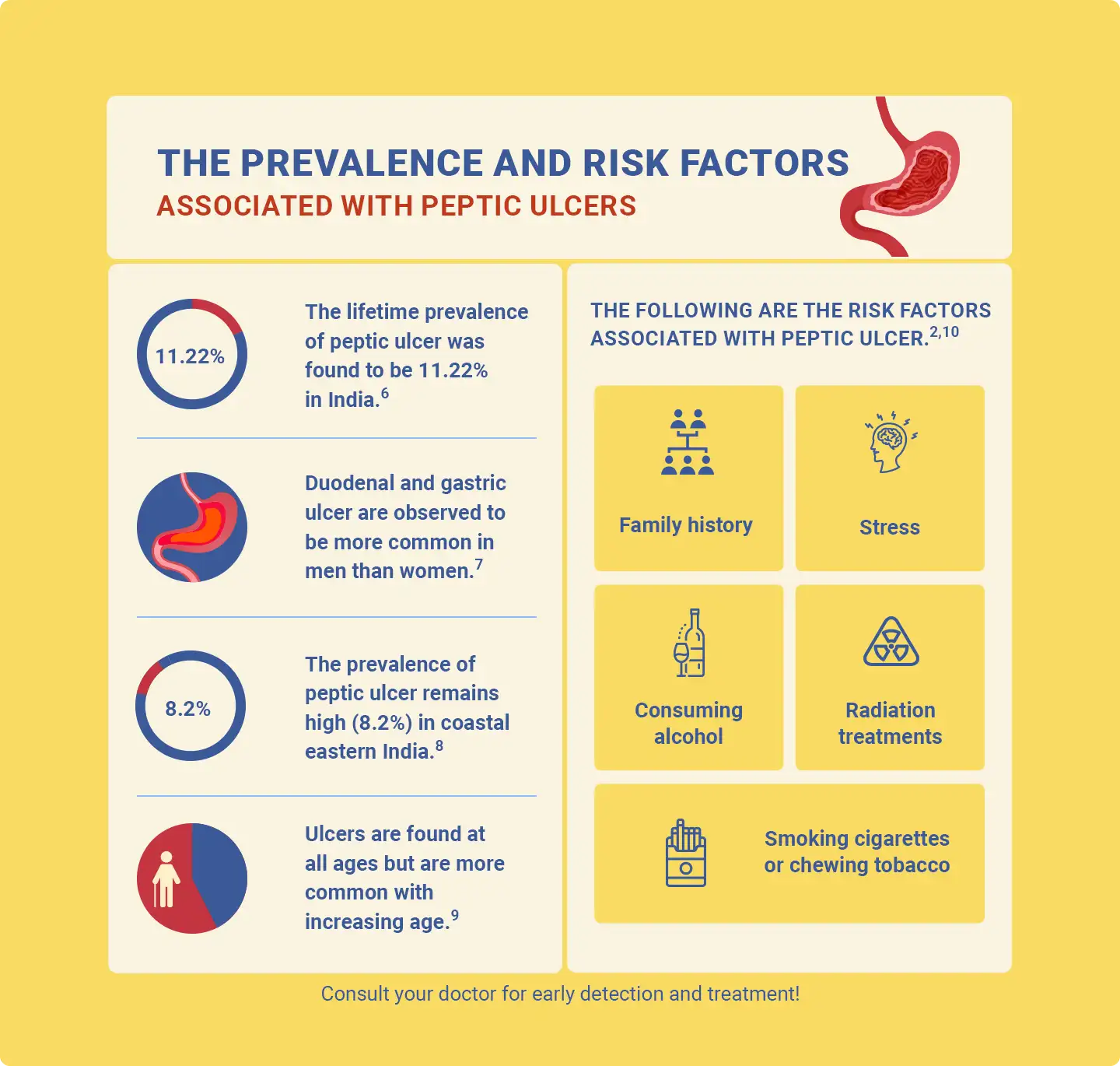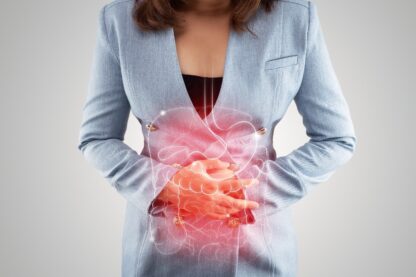Decoding Peptic Ulcers
11 min read
Deep dive into Peptic Ulcer
A peptic ulcer is a sore in the lining of your stomach or in the first part of your small intestine (duodenum).1

It can cause belly (abdominal) pain and other symptoms. In some cases, a peptic ulcer may get worse. This can lead to serious problems such as bleeding, a hole (perforation), or a blockage (obstruction) in the stomach or duodenum.1
There are two types of Peptic Ulcers2
- Gastric ulcers, which form on the lining of the stomach
- Duodenal ulcers, which form on the lining of the upper part of the small intestine (called the "duodenum")
How a Peptic Ulcer is formed1
The lining of your stomach and duodenum is coated with a thick mucus layer. This helps protect the stomach and duodenum from the acids and enzymes they make to help break down the food you eat. When H. pylori is present, it can weaken the mucus layer and irritate the lining underneath. Acid may pass through the weakened mucus layer and cause an ulcer to form. Overuse of NSAIDs can also damage the mucus layer, leading to ulcers.
Risk Factors of Peptic Ulcer3
- Smoking: Smoking may increase the risk of peptic ulcers in people who are infected with H. pylori
- Drinking alcohol: Alcohol can irritate and erode the mucous lining of your stomach, and it increases the amount of acid produced in stomach
- Untreated stress
- Eating spicy foods
Alarming Signs of Peptic Ulcer4
Small ulcers may not cause any symptoms. Some ulcers can cause serious bleeding.
Abdominal pain (often in the upper mid-abdomen) is a common symptom. Pain can differ from person to person. Some people have no pain.
Pain occurs:
- In the upper abdomen
- At night and wakes you up
- When you feel an empty stomach, often 1 to 3 hours after a meal
Other symptoms include:
- Feeling of fullness and problems drinking as much fluid as usual
- Nausea
- Vomiting
- Bloody or dark, tarry stools
- Chest pain
- Fatigue
- Vomiting, possibly bloody
- Weight loss
- Ongoing heartburn
When to see a Doctor?3
See your doctor if you have any of the severe signs and symptoms listed above.
4 Foods to Eat for Stomach Ulcers5
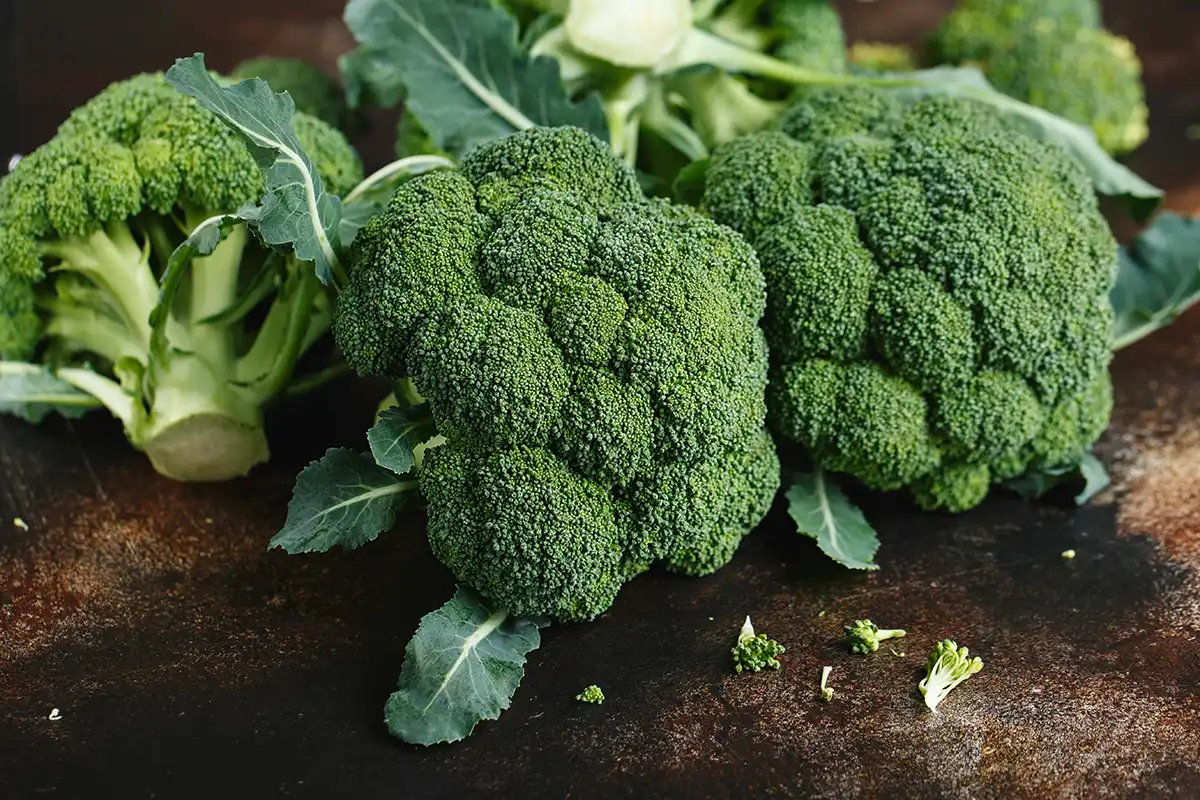
Broccoli and other high-fiber foods
- Research reveals that eating a diet rich in fiber can lower your risk of developing an ulcer
- Top choices: Broccoli, as well as other cruciferous vegetables, leafy greens, berries, oatmeal, high-fiber cereals and whole-grain breads
1
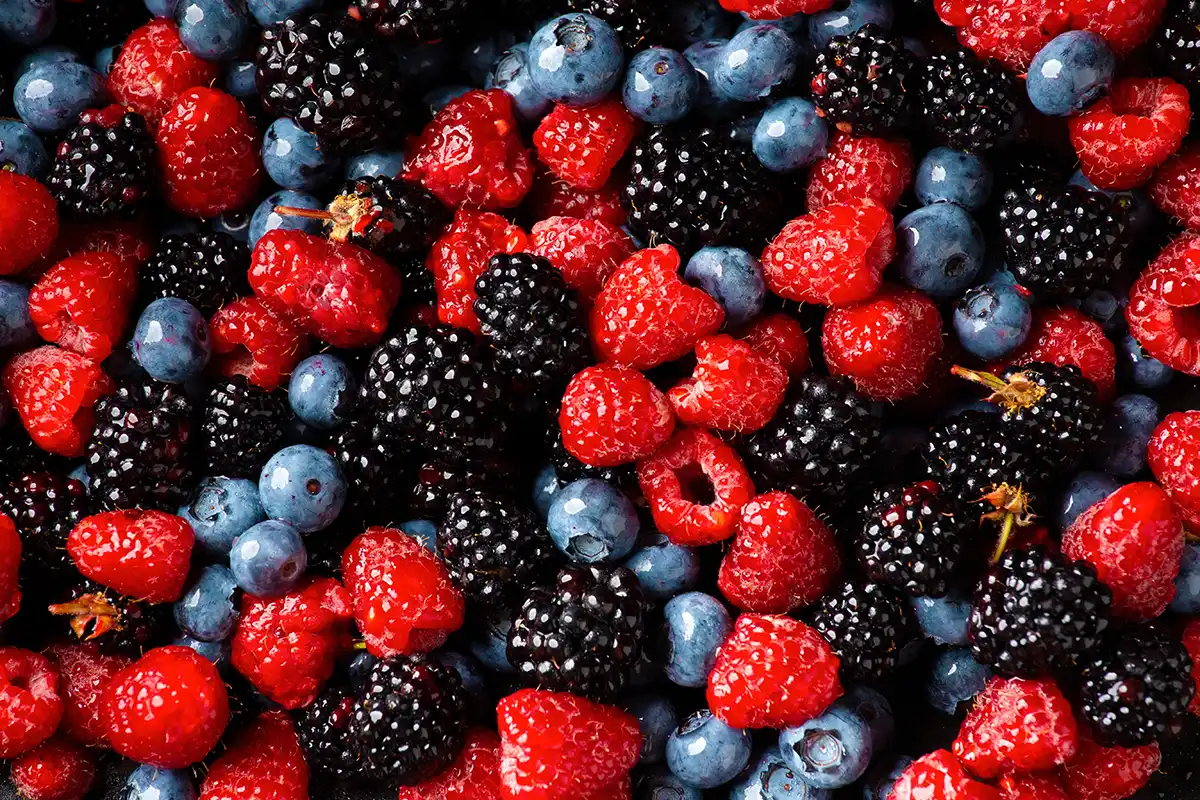
Cranberries and other colorful fruits and vegetables
- Berries rich in flavonoids, or polyphenols, can help combat peptic ulcer disease. Flavonoids are known as “gastroprotective” because they increase mucus to protect the lining of the stomach
- Flavonoids, particularly those in cranberry juice, have been shown to slow or suppress H. pylori growth in research studies
- Top choices: In addition to cranberries, try blueberries, blackberries, cherries, red grapes, red cabbage, and leafy greens
2
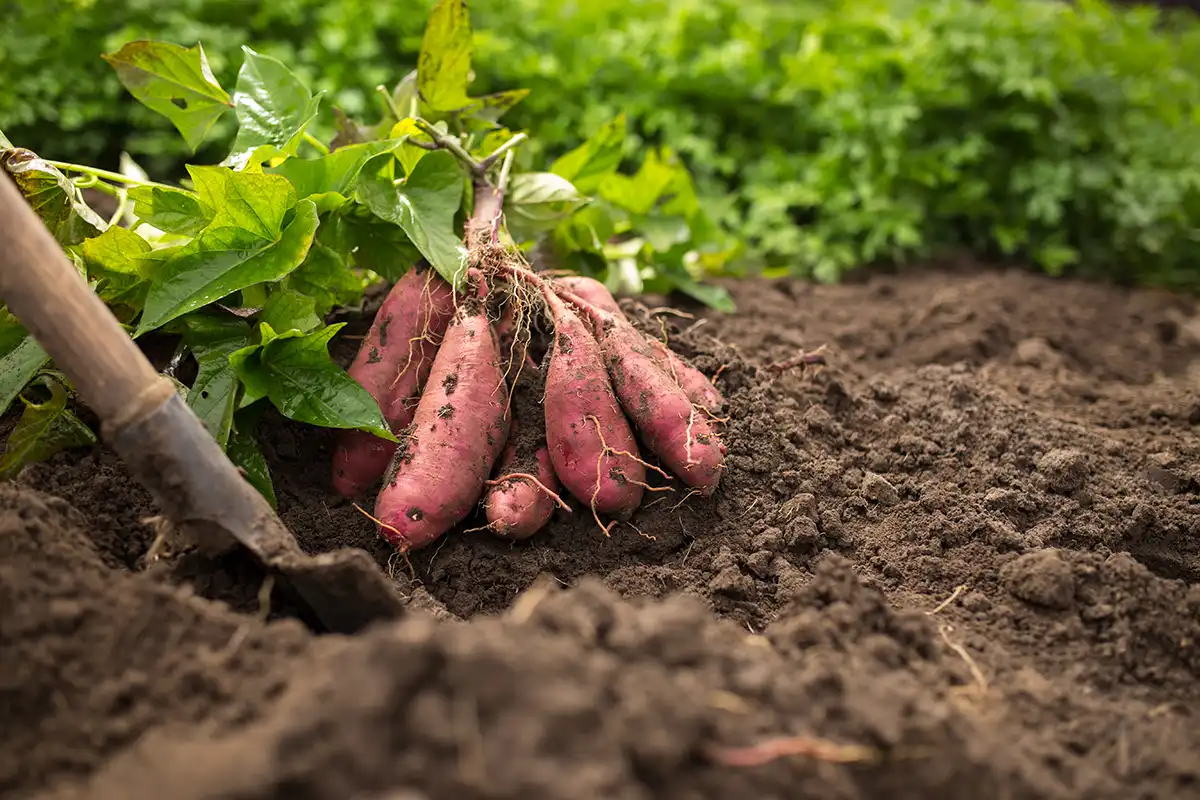
Sweet potatoes and other foods high in vitamin A
- Sweet potatoes are one of the richest sources of vitamin A, and a few small studies indicate the root vegetable appears to have anti-ulcer properties
- Top choices: Carrots, squash, kale, spinach, broccoli, tomatoes, red bell peppers, cantaloupe and mango. Many breakfast cereals, juices and dairy products are fortified with vitamin A
3
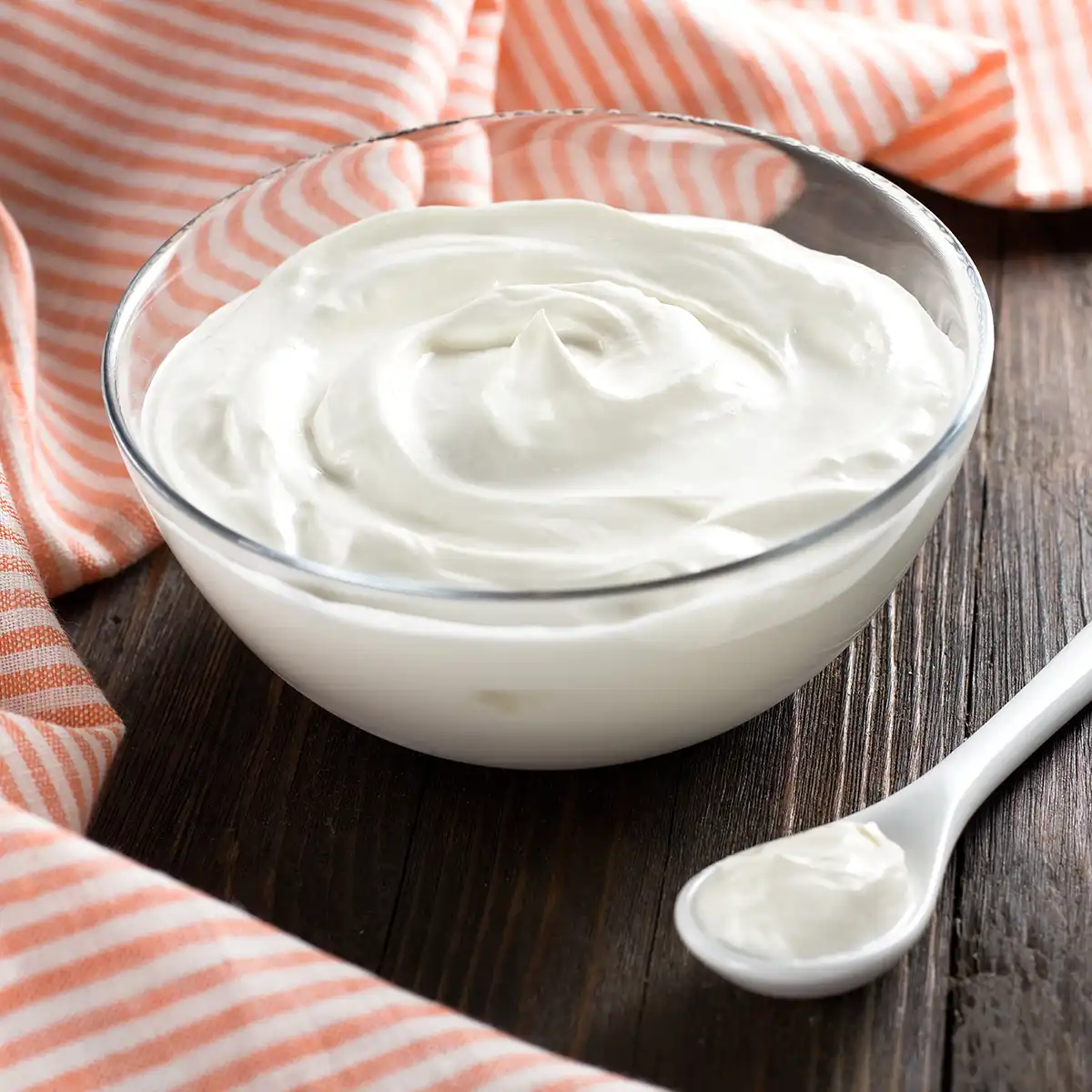
Yogurt with live active cultures and other foods with probiotics
- Early studies indicate that probiotics can help counteract the H. pylori bacteria that cause ulcers
4

